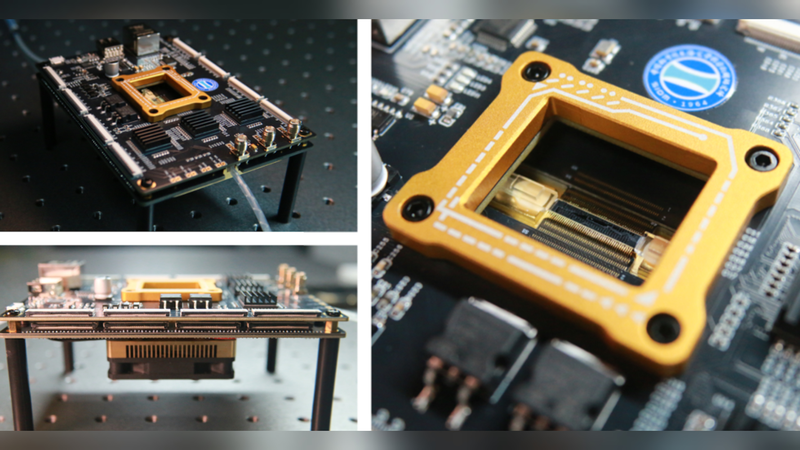In a breakthrough that could redefine computing speed and efficiency, researchers at the Shanghai Institute of Optics and Fine Mechanics on the Chinese mainland (SIOM) have unveiled the world’s first ultra-high parallel optical computing chip. Boasting a theoretical peak power of 2,560 TOPS (Tera Operations Per Second) at a 50 GHz optical clock speed, this new design challenges the limits of traditional GPU-based systems.
At the heart of this innovation is a novel photonic architecture and a soliton microcomb source that channels over 100 distinct light wavelengths. "It’s like turning a single-lane road into a 100-lane superhighway," explains Han Xilin, an engineer at SIOM. "We can process dozens of data streams simultaneously without changing chip size or frequency."
Unlike conventional optical chips that rely on one wavelength, this ultra-parallel approach multiplies throughput by up to 100 times, all while keeping energy loss low and reconfiguration flexible. "We’ve demonstrated high-density on-chip parallel processing with over 100-wavelength multiplexing," adds Xie Peng, a lead researcher at SIOM.
With its large bandwidth (over 40 nm) and low latency, this optical computing chip is primed for applications in artificial intelligence, neural networks, and physical simulations. Data centers could see dramatic boosts in performance per watt, while edge devices—such as communication nodes and drone swarms—stand to benefit from fast, low-latency calculations on small data volumes.
The team’s findings are detailed in a cover paper published in eLight, titled "Parallel Optical Computing Capable of 100-Wavelength Multiplexing." As photonic computing continues to mature, this ultra-high parallel chip may well be the harbinger of next-generation AI accelerators and compact, energy-efficient hardware solutions worldwide.
Reference(s):
China builds world's first ultra-high parallel optical computing chip
cgtn.com



